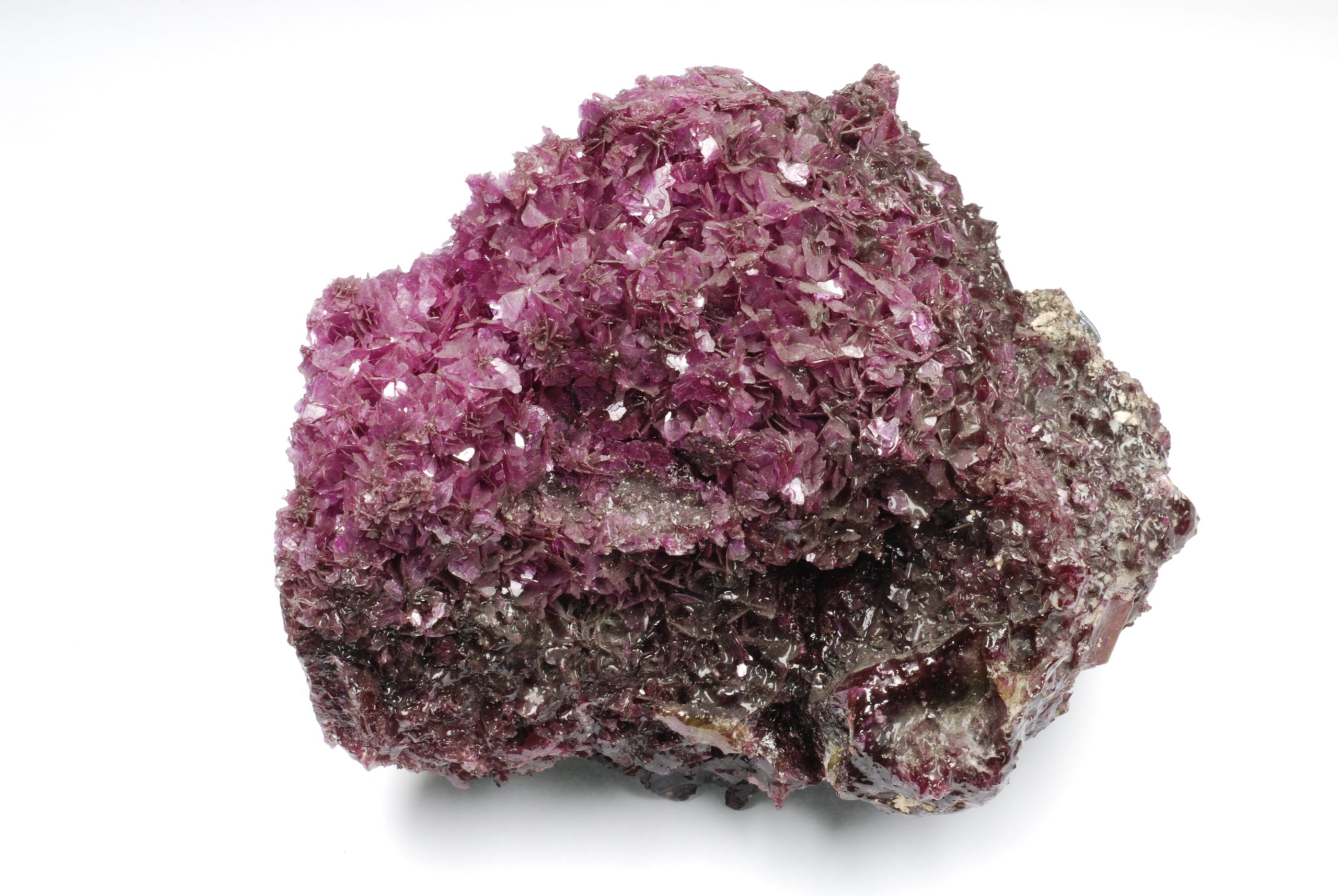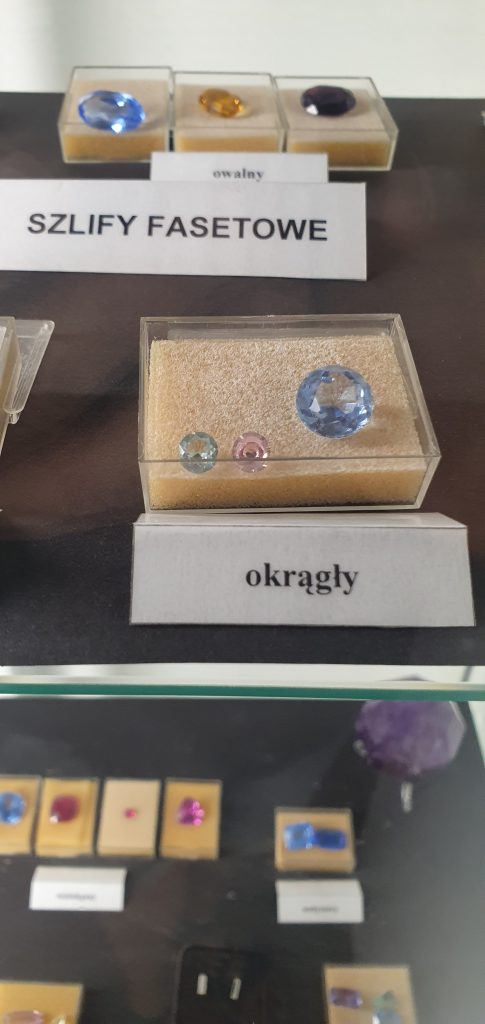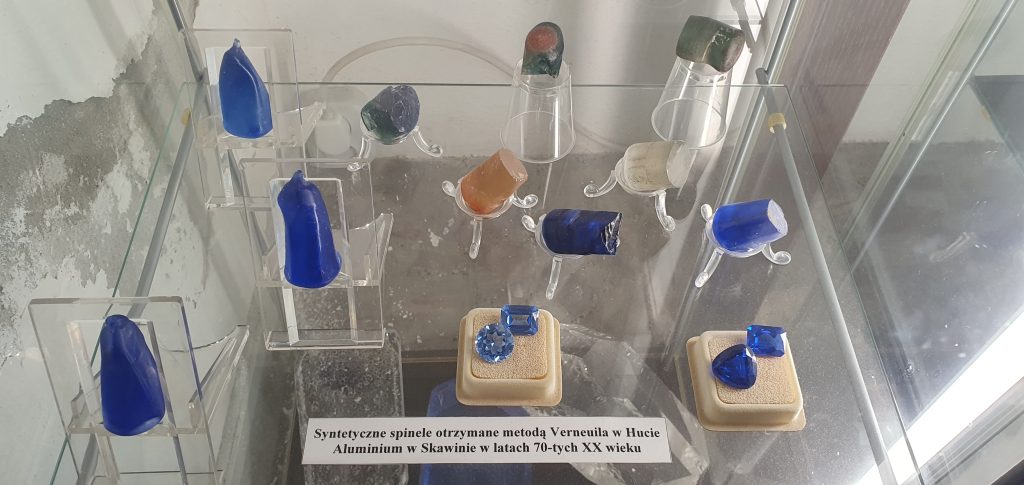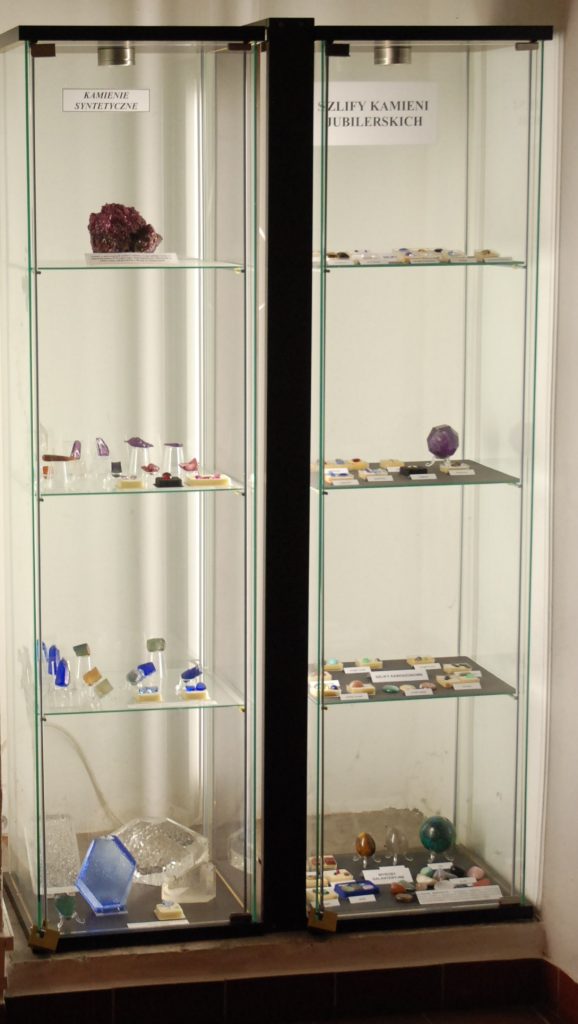
Synthetic stones / Jewellery stone cuts
Humans have been trying to catch up with Nature since time immemorial. Thus, in the past, alchemists tried to invent the “philosopher’s stone”, the “elixir of life”, to create gold and the most precious stones from worthless things. Their success did not come until the mid-19th century. It was then that synthetic stones were created.
Here are the most important dates associated with them:
In 1828, the Frenchman M. A. Gaudin obtained small beads of molten ruby, but the resulting masses were turbid.
In 1877, the Frenchman E. Fremy obtained a white sapphire (leucosapphire), and when chromium salt was added, a red synthetic ruby was formed.
In 1888 (according to other sources in 1902), the French chemist A. V. Verneuil obtained synthetic rubies suitable for jewellery purposes.
Od 1910 roku metodą Verneuila uzyskuje się syntetyczne szafiry, korundy bezbarwne, żółte, zielone, później syntetyczne spinele. Ich skład jest jednak inny niż spineli naturalnych.
More than 50 years earlier, the first gemstones had already been synthesised, but they were too small for jewellery purposes and were only of interest to scientists. The method developed by Verneuil to grow crystals by crystallisation from a molten substance is still used on a large scale today.
Since 1910, synthetic sapphires, colourless corundums, yellow corundums, green corundums and later synthetic spinels have been obtained using the Verneuil method. However, their composition is different from that of natural spinels.
In 1918, the Polish chemist J. Czochralski developed the “pull-out method”: (a pear/crystal is pulled out of the melt when the germ of crystallisation on coming into contact with the melt initiates its growth. By rotating, the resulting pear is continuously pulled upwards, while the bottom grows at the same rate). Using this method, large synthetic crystals of the highest purity are obtained.
In 1935 in Germany, a hydrothermal synthesis process obtained well-formed emerald crystals.
Since 1948, there has been synthetic rutile (called titanium or diamonite), quartz, garnet, alexandrite and opal.
In 1953-1954, diamond synthesis was successful in Sweden and the USA. However, the methods are too expensive for gemstone production. For industrial purposes, the syntheses became indispensable.
In 1954, work on obtaining synthetic corundums using the Verneuil method was initiated at the Aluminium smelter in Skawina, Poland. By the 1970s, the Skawina smelter had been already producing synthetic spinels, YAG garnets, emeralds, rutile, metal monocrystals and even diamonds.
DEFINITIONS
CABOCHON CUT is a type of gemstone cut known since antiquity. It consists of rounding, smoothing and polishing the upper surface of the stone (bowl) and leaving its lower part (base) flat. On the border between the bowl and the base, there is an additional wall (the so-called chamfer), which facilitates later attachment of the cabochon in the setting of the jewellery product.
TUMBLED STONES are rounded, smoothed and polished gemstones with irregular shapes, often used to make artistic jewellery. These stones are ground in drums filled with water and grinding powder, where they rub against each other.
FACETED CUT is a type of grinding of jewellery stones initiated in the early Middle Ages in India. It consists of applying a number of facets arranged in a specific manner to the surface of the jewellery stone.
As a result, the stone acquires an intense colour, and a high gloss and interesting optical effects are visible on its surface.



